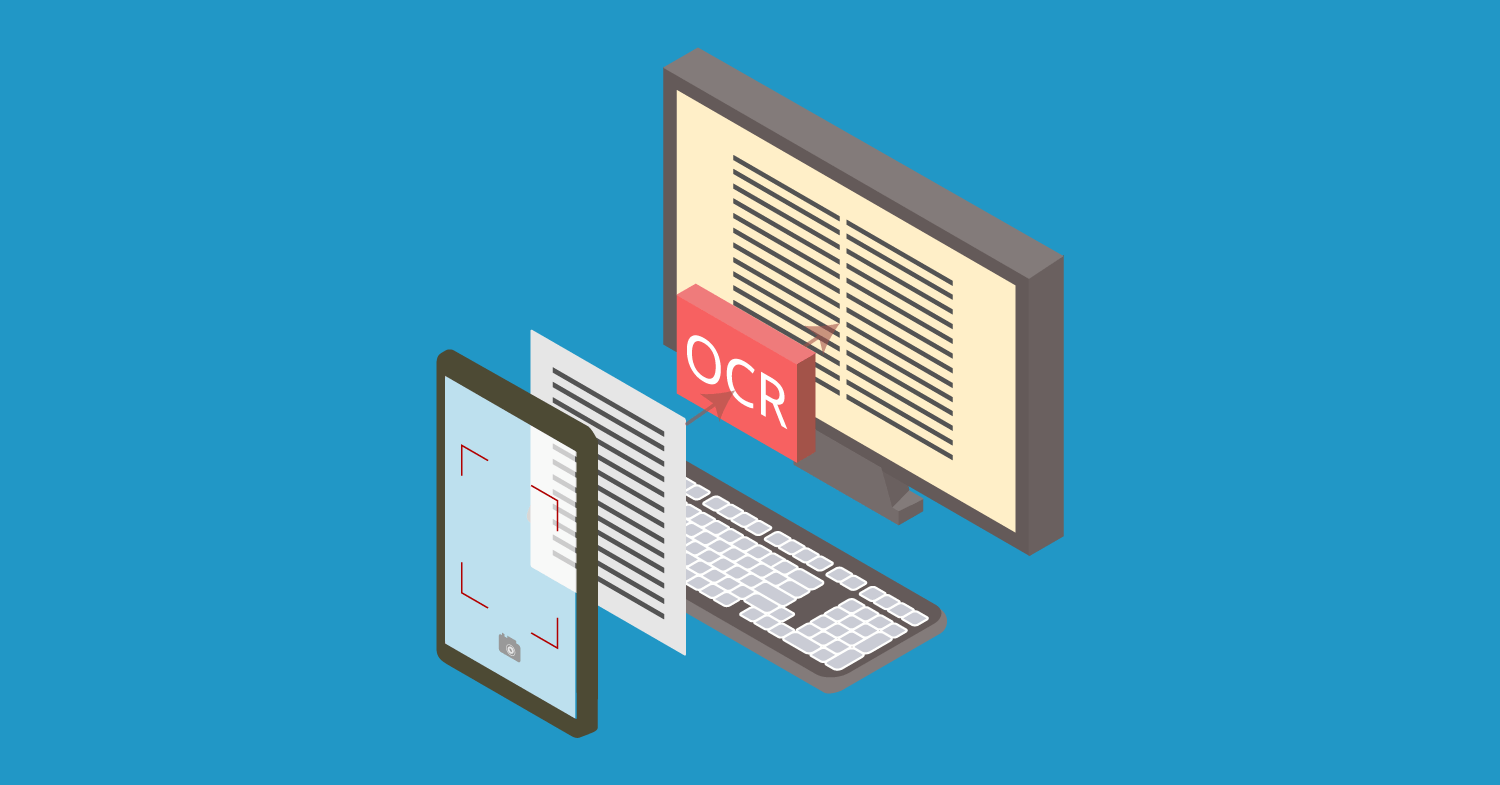In the fast-paced digital landscape, extracting information from physical documents and images efficiently is crucial for businesses seeking to streamline their operations and enhance productivity. Optical Character Recognition (OCR) technology has emerged as a game-changing solution in this regard. An OCR API, tailored for developers aiming to create content categorization applications for businesses, opens up a realm of possibilities by offering a wide array of benefits and applications. In this article, we delve into the world of OCR APIs, exploring their advantages and the diverse ways they can be harnessed for content categorization.
The Power of OCR: A Brief Overview
Optical Character Recognition (OCR) is a technology that converts various types of documents, such as scanned paper documents, PDF files, or images captured by a digital camera, into editable and searchable data. This technology has revolutionized how businesses handle information by enabling them to digitize and extract text from physical documents, making the content more accessible and manageable. Optical Character Recognition API are APIs we recommend for the job because it can do all of this and much more.

E-commerce Cataloging
E-commerce platforms often deal with product data sourced from various suppliers. An OCR API can aid in the rapid creation of product listings by extracting relevant details from product packaging and labels. This ensures consistency in product information and speeds up the listing process.
Content Curation and Analysis
Media monitoring and content analysis companies can benefit from Optical Character Recognition API‘s text extraction capabilities. By scanning newspapers, magazines, or online articles, developers can create applications that sift through large volumes of text, categorize content by topic, and even perform sentiment analysis.
Efficiency and Automation
Businesses thrive on efficiency, and Optical Character Recognition API enables them to automate time-consuming manual tasks. With this technology, developers can create applications that rapidly digitize and process documents, eliminating the need for manual data entry. This ensures reduced human error, faster processing times, and ultimately, enhanced productivity.
Enhanced User Experience
In the digital realm, user experience is paramount. Whether it’s a banking app or an e-commerce platform, users expect seamless interactions. Optical Character Recognition API empowers developers to create applications that allow users to effortlessly upload images of documents, receipts, or labels. The API swiftly extracts relevant information, transforming what was once a cumbersome process into a user-friendly, efficient experience.
How Does This API Work?
Optical Character Recognition API has two main ways of function, on one hand there’s “Image analysis with file” where the user uploads a file directly to it. The second one, of equal importance, works by providing the API with an image’s URL, this one is labeled “Image analysis”. For the purposes of providing an example of this API in action, here’s an example of the first endpoint in action, along with the image in question that was uploaded to it:

{
"results": [
{
"status": {
"code": "ok",
"message": "Success"
},
"name": "https://gopostr.s3.amazonaws.com/binary_file_test_1679/b5qiyO4bMfe5VFyVeAfiLPHvNInHHPcEiLi1PVdh.png",
"md5": "26b583def22b320a13a0283fc9b592ee",
"width": 740,
"height": 217,
"entities": [
{
"kind": "objects",
"name": "text",
"objects": [
{
"box": [
0.00945945945945946,
0.027649769585253458,
0.981081081081081,
0.8110599078341014
],
"entities": [
{
"kind": "text",
"name": "text",
"text": "JUST PULL ONTO THE\nRECEIVING PLATFORM.\nCOOL-IVE ALWAYS\nWANTED TO TRY ONE\nOF THESE FUTURISTIC\nROBOTIC GARAGES.\nUM.\nSCARS\nM\nCRUNCH\nCARS\nWE'LL DUMP OUT THE BIN\nWHEN YOU GET BACK AND\nYOU CAN PICK OUT YOUR\nCAR FROM THE PILE.\nCAN YOU PIT LEAST\nMAKE SURE IT'S NOT\nON THE BOTTOM?\nLOOK, ROBOTS\nAREN'T MAGIC."
}
]
}
]
}
]
}
]
}How Can I Get This API?
Optical Character Recognition API opens the door to a realm of possibilities for developers aiming to create apps and websites that serve businesses in content categorization. From streamlining document management to revolutionizing financial processes, the OCR API’s text superpowers are transforming the way businesses operate in the digital age.
With accuracy, efficiency, and enhanced user experiences at its core, this technology is set to become an indispensable tool for modern enterprises seeking to harness the power of organized, machine-readable data. You can start using the capabilities of this image to text converter API by following the instructions provided below:

1- Go to www.zylalabs.com and search for “Optical Character Recognition API“, then click on the “Start Free Trial” button to start using the API.
2- Register and choose the plan that suits you best, you can cancel it whenever you want, even at the end of the free trial.
3- Once you find the endpoint you need, make the API call by clicking the “run” button and you will see the results on your screen. You can also choose the programming language.
Unveiling the Versatility: Other Applications of an OCR API
In the dynamic landscape of digital transformation, the OCR API emerges as a multifaceted tool, catalyzing a spectrum of practical applications. From streamlining administrative tasks to revolutionizing information accessibility, the OCR API deftly navigates diverse domains.
1. Data Extraction and Digitization: The OCR API facilitates the swift and accurate extraction of information from physical documents, transforming them into editable and searchable digital formats. This empowers businesses to efficiently process data and leverage valuable insights for informed decision-making.
2. Document Management and Archiving: Enabling seamless integration into document management systems, the OCR API enhances content organization, retrieval, and collaboration. It breathes new life into historical records and archives by making them electronically accessible and searchable.
3. Automating Workflows: By automating the conversion of printed content into machine-readable text, the OCR API becomes an indispensable component in workflow automation. Mundane tasks like data entry and content processing are expedited, freeing up valuable human resources for higher-value activities.
4. Enhancing Accessibility: The OCR API serves as an inclusivity enabler, making printed information accessible to individuals with visual impairments through text-to-speech conversion. This empowers a wider audience to engage with content that was once limited to visual consumption.
5. E-commerce Optimization: In the realm of e-commerce, the OCR API contributes by swiftly extracting product information from images, facilitating efficient inventory management and content creation for online platforms.
6. Language Translation: Leveraging the OCR API alongside translation algorithms, businesses can effortlessly translate multilingual content, enabling cross-border communication and collaboration.
The OCR API, with its remarkable adaptability and transformative potential, exemplifies the harmony of technology and utility across industries. As innovation continues to unfold, its influence will likely amplify, ushering in a new era of digital prowess.

